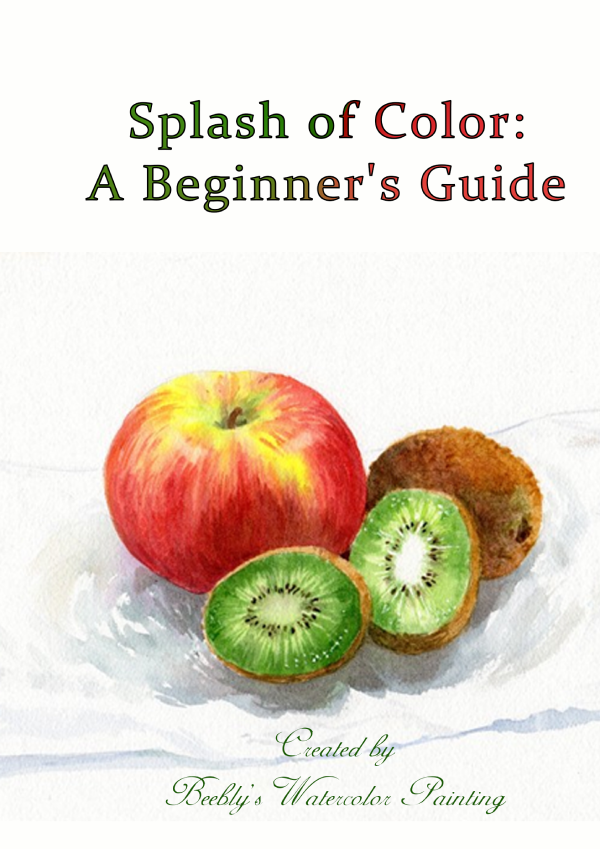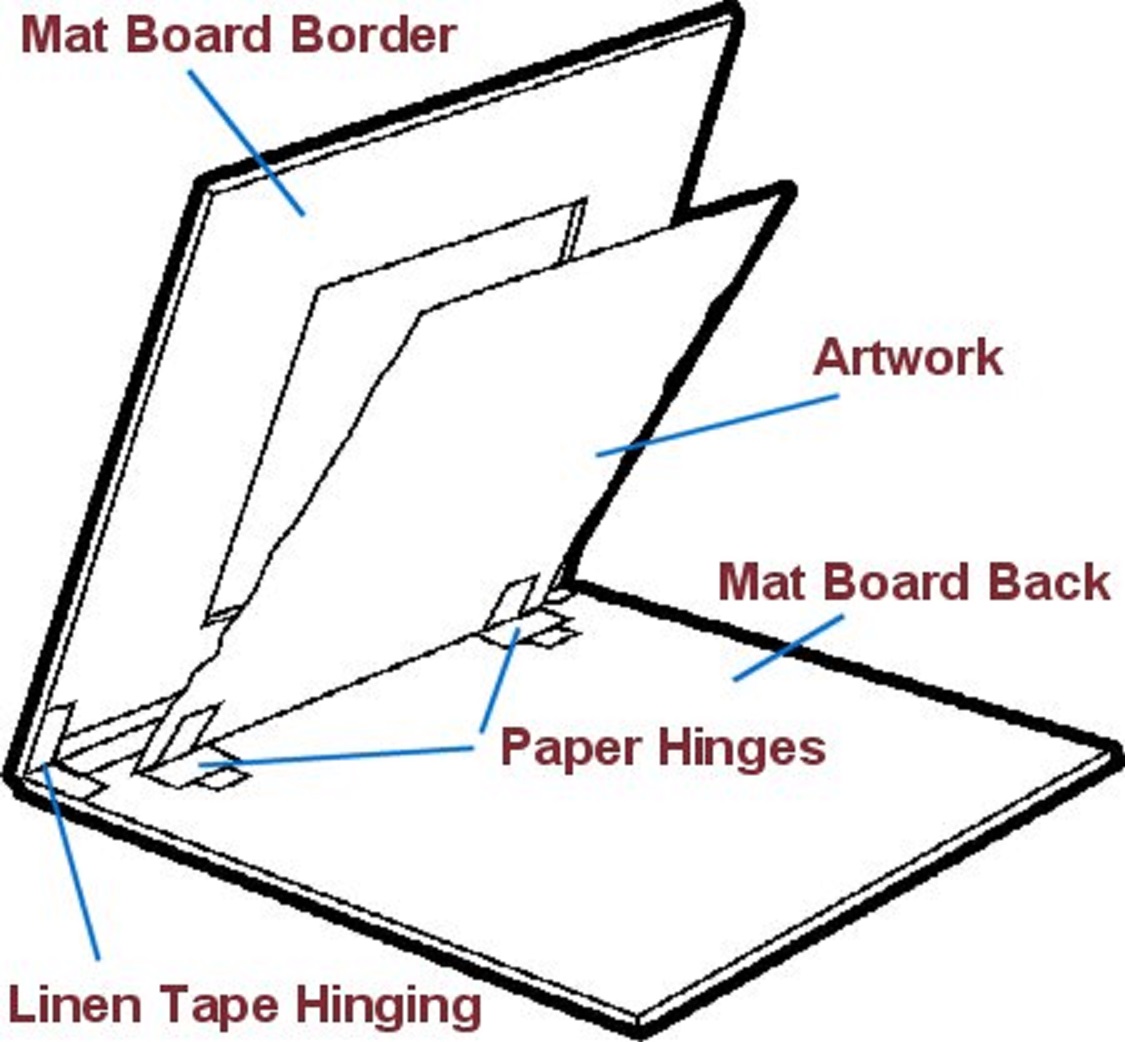
Matting and Framing Your Work Matting your watercolors protects and enhances the look of your paintings by cleanly defining the image edges and isolating your image in a uniform neutral or complementary background. Mats are made from mat board which should be made from all cotton acid free fiber. How to make a mat 101 As a start, choose neutral off white mats either warm or cool depending of the overall hue and value of your painting. After you've been at it a while and have seen what others are doing with colors and bevels and layers feel free to...
Categories: Watercolor Lessons , Beginner Techniques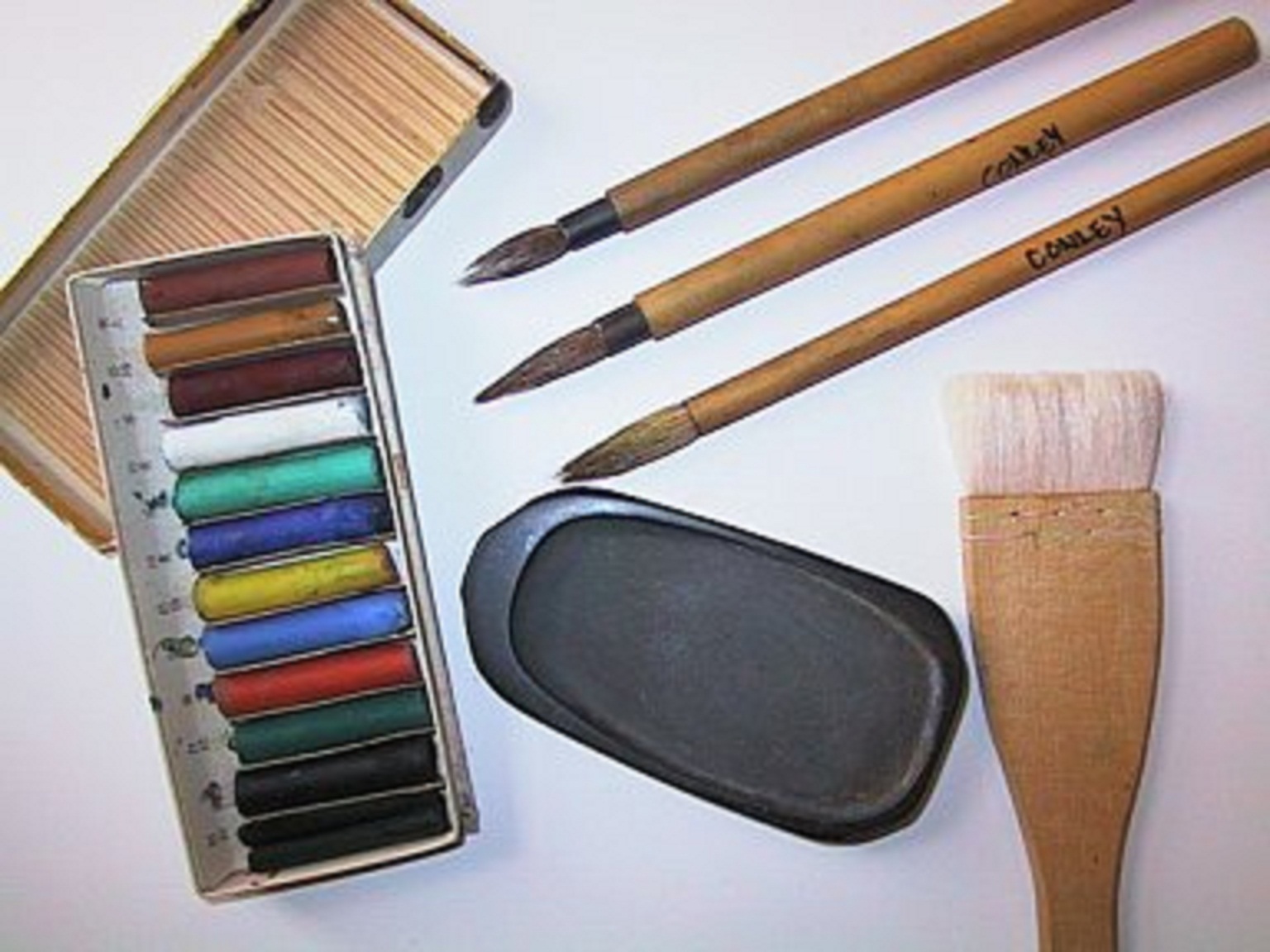
Philsophy of Sumi-e The Philosophy of Sumi-e is contrast and harmony, expressing simple beauty and elegance. The Tai Chi diagram demonstrates the perfectly balanced interchange of the two dynamically opposed forces of the Universe, the dot represents integration. Sumi-e employs these principles of nature's vitality in its design and execution. The balance and integration of these forces and the eternal interaction of Yin Yang are the ultimate goal of Sumi-e. The art of brush painting, aims to depict the spirit, rather than the semblance of the object. In creating a picture the artist must grasp the spirit of the subject....
Categories: Watercolor Lessons , Intermediate Techniques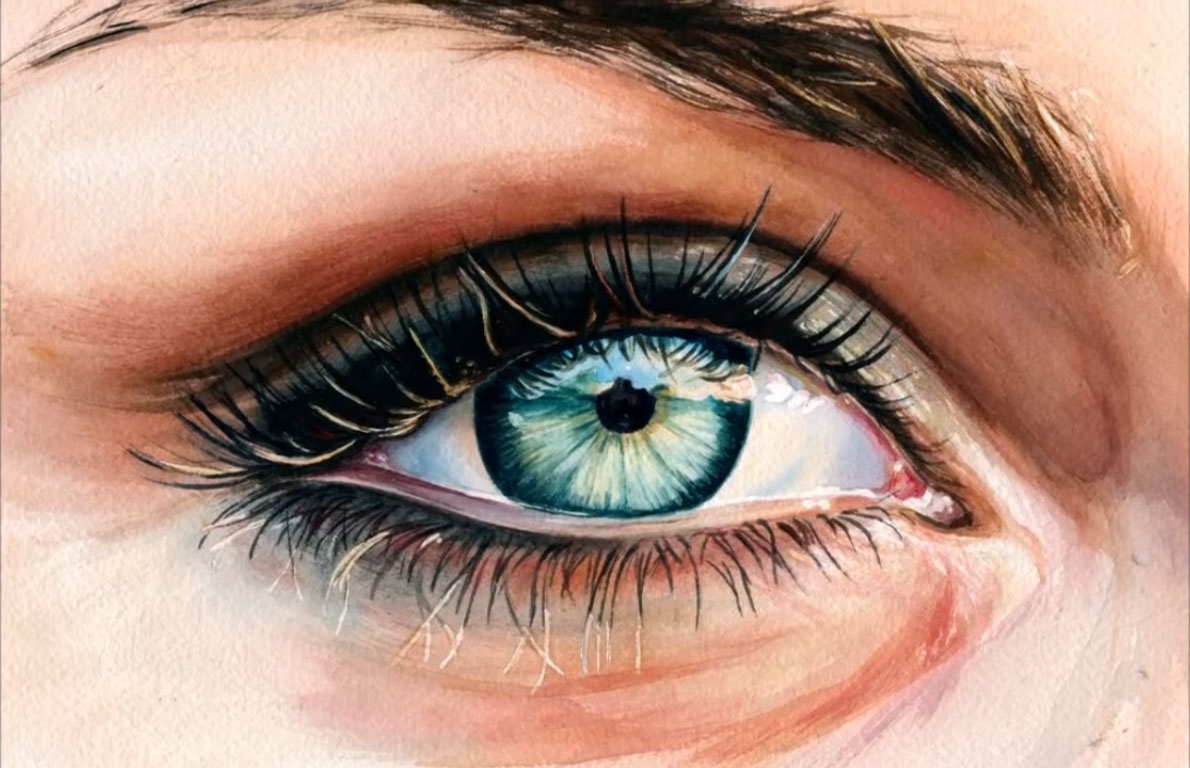
Painting a portrait can be overwhelming, so why not start small? In this tutorial, you'll be focusing on what it takes to create a realistic watercolor eye.
Categories: Advanced Techniques , Step-By-Step Lessons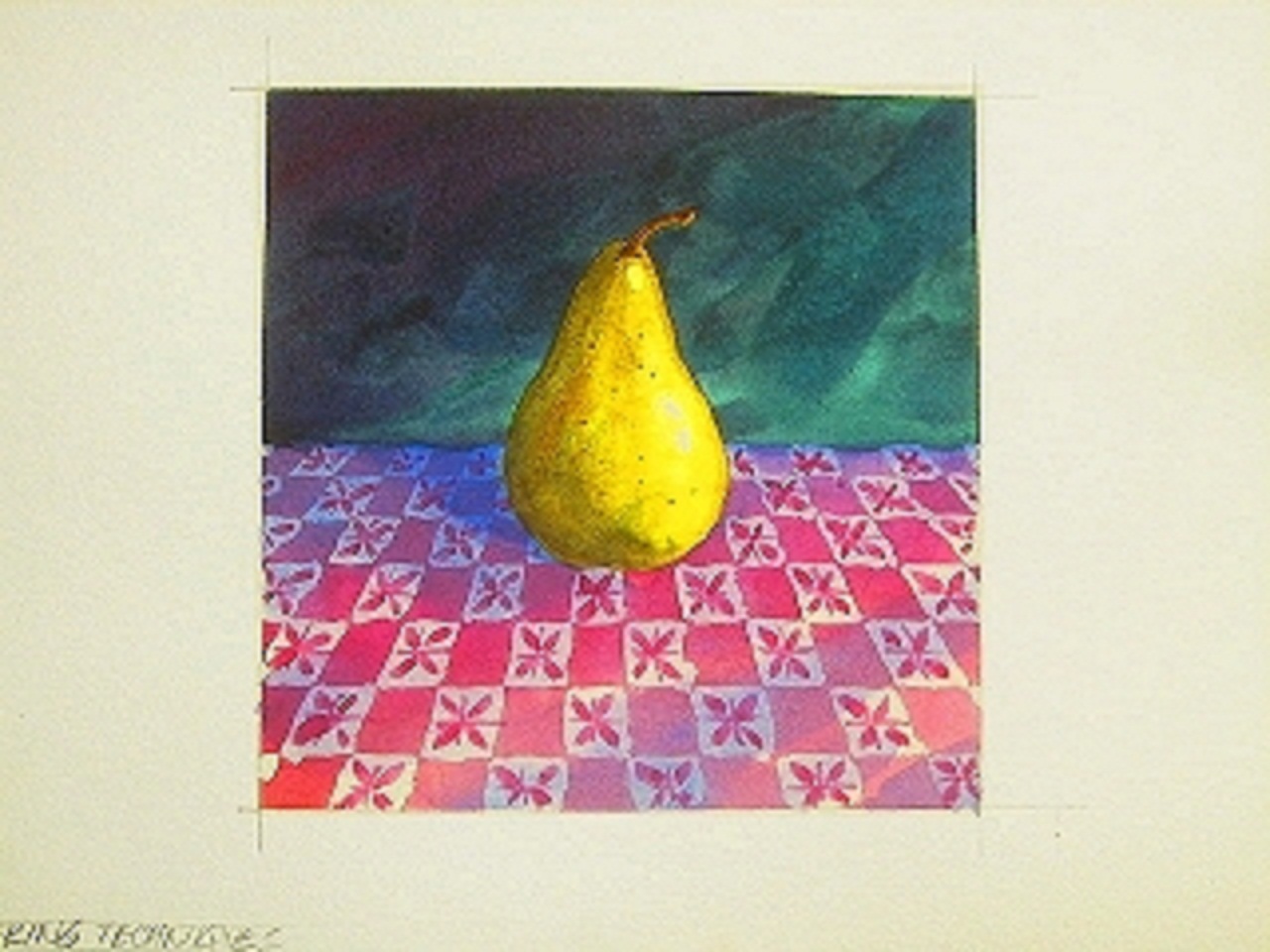
Some call it masking fluid. Some call it liquid frisket. Here are the techniques for applying it to your next painting.
Categories: Step-By-Step Painting Ideas , Watercolor Lessons , Advanced Techniques , Step-By-Step Lessons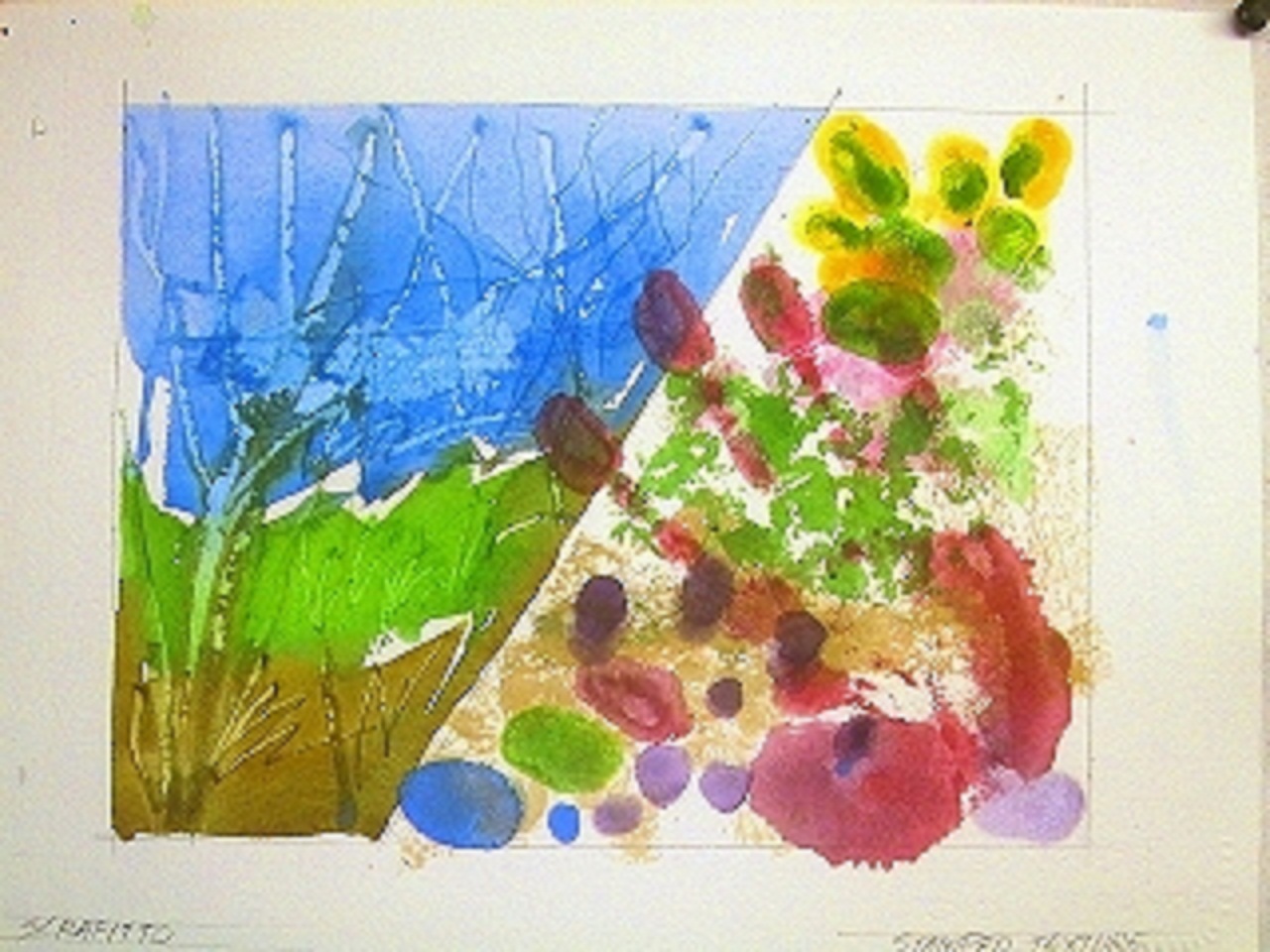
How to use scratching, scraping & stamping as watercolor techniques for achieving specific looks.
Categories: Intermediate Techniques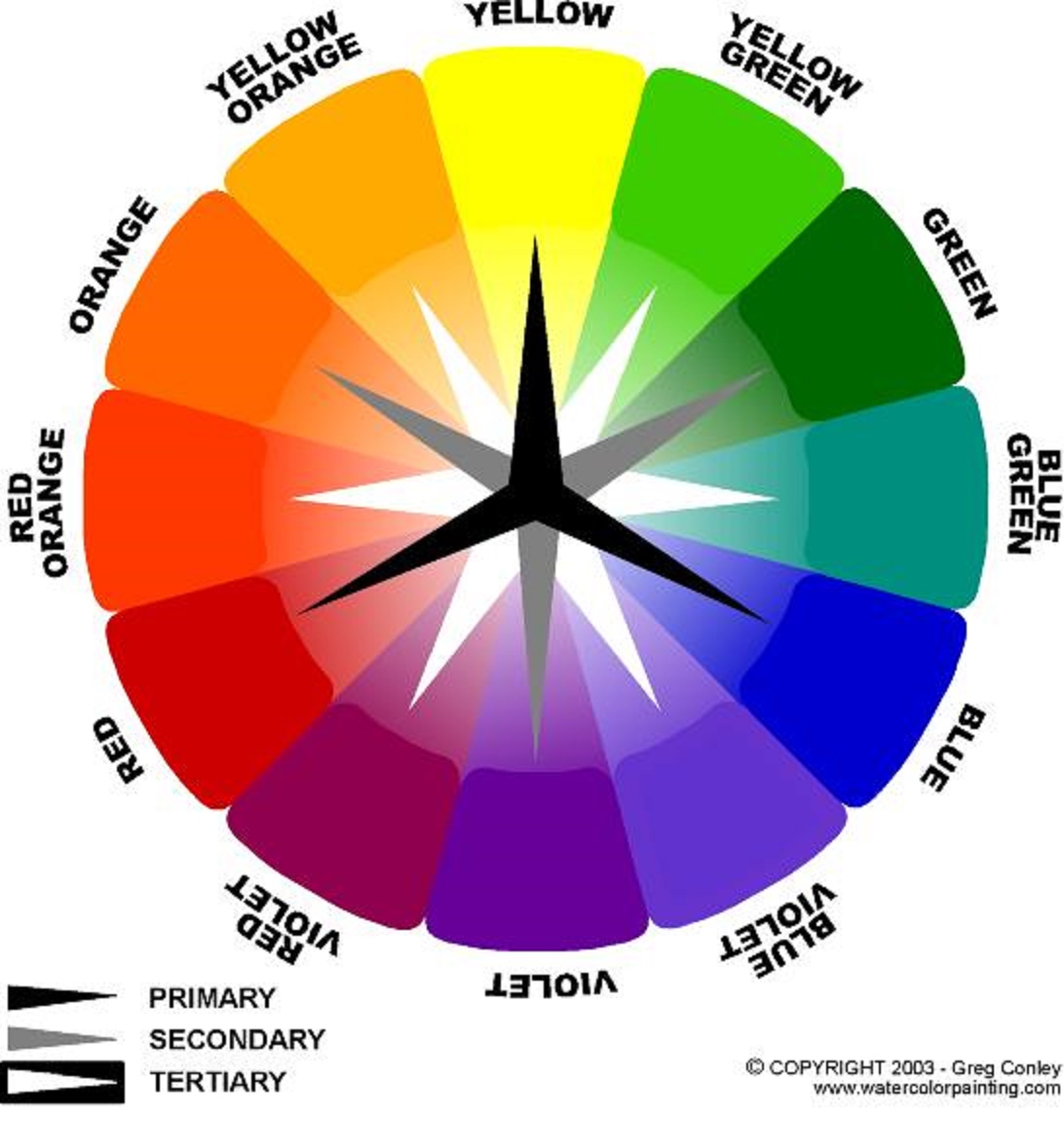
The Color Wheel The 12-part Color wheel is a representation of the visual spectrum of light that us humans can actually see. It is the rainbow we see through the dispersion of white light through prisms and raindrops. The visible spectrum (traditional ROYGBIV) is a very small range of the whole electromagnetic spectrum that runs from radio waves on the long end to Gamma waves on the short end. Each color has a specific wave frequency that our eyes perceive as different color sensations. The basic color groupings that concern artists are the Primary colors (3), the Secondary colors (3),...
Categories: Watercolor Lessons , Beginner TechniquesBlockx (Belgium) Years in business: 130+ The Blockx company was founded by the Belgium chemist Jacques Blockx in the 1860's. His artist friends coerced him to make a selection of paints for their use. Blockx watercolors come in two versions: the original honey-rich colors or 'moist' variety have a black cap. Those made with a more conventional formula have a white cap. Sizes available: 5ml, 15ml, and some pans. Go to Website: Blockx (Belgium) Daler Rowney (England) Years in business: 200+ In late 18th century England, with the declining taste for wearing wigs impacting their wig powder business, Thomas and...
Categories: Watercolor Lessons , Beginner Techniques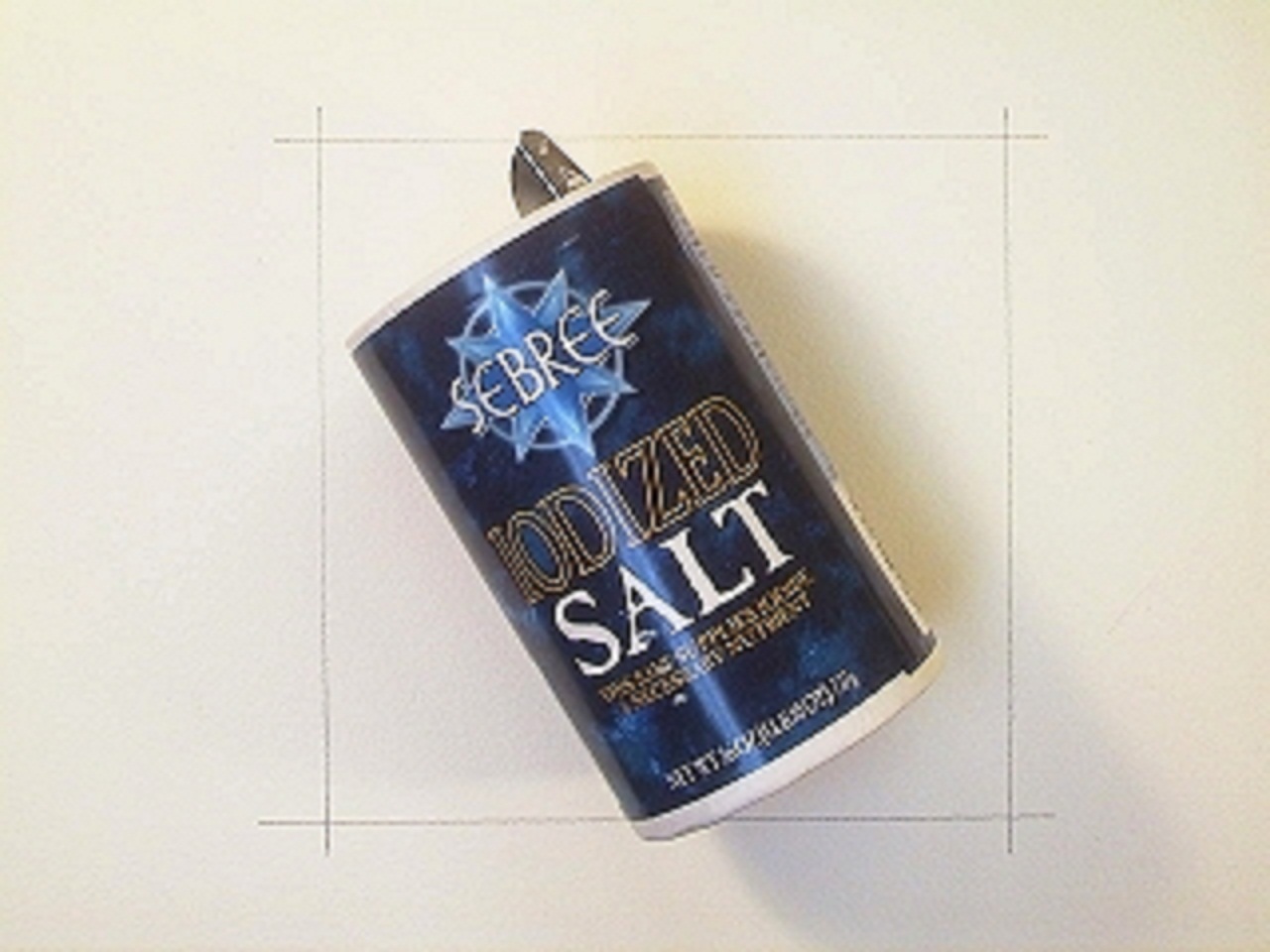
An introduction to a watercolor technique using salt to create special effects and textures in paintings.
Categories: Watercolor Lessons , Color Theory , Beginner Techniques


